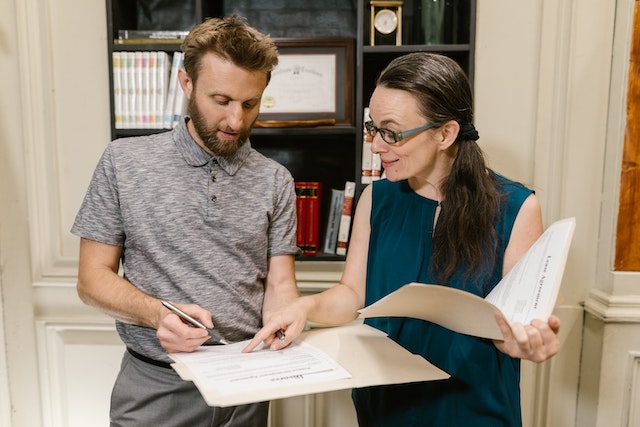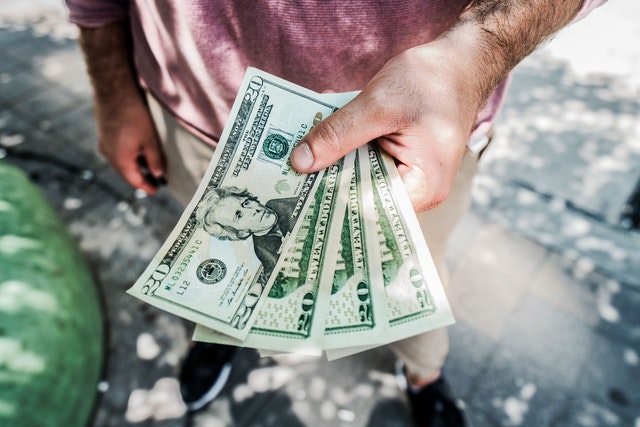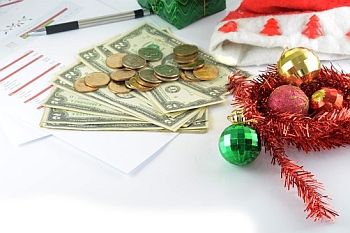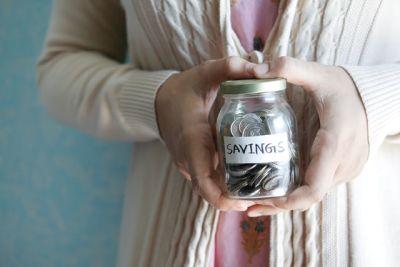Personal Finance 101: 3 Ways to Start Living a Cashless Lifestyle
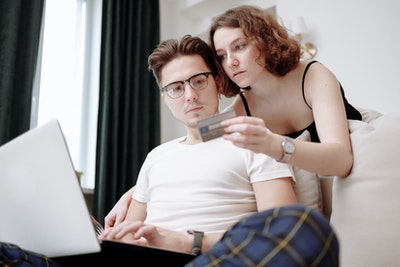
There was a time when the people of the world bought goods from other merchants through the barter system if they had no bronze, silver, or gold to play with. As human civilization progressed, people learned how to institutionalize money so that paper bills and coins can hold different monetary values.
Then came the credit and debit cards that allowed people to transact without actual paper bills but can still withdraw from ATMs if needed. If you think that this is where the line ends, you’d be in for a huge surprise because the prevalence of smartphones and modern technology paved the way for a new trend – going cashless.
People can now pay for their goods or transfer money to others with only their smartphones in hand. Granted, they would need to be connected to the internet to make their transactions, but that would still mean that they won’t have to carry around cash, change, or even their cards to access their money.
This is the beauty of a cashless society because you can do so much with just your smartphone. You will no longer have to worry about forgetting your wallet somewhere when you pay because you can do it with your phone. Plus, you’ll never have to lose money again because someone stole bills from your wallet.
Of course, that would mean you can’t lose your smartphone, but even then, you’ll be able to access your accounts from another device as long as you’re connected to the internet. Going cashless can be scary at first, but the transition won’t be as bad as you may think. Here are three digital alternatives you can use for your transactions instead of bills and coins:
1. Online Banking
One of the most annoying things about going to the bank is the long lines of people waiting for their turn. Imagine this: you need to make a bank deposit, so you decided to squeeze the errand in during your lunch break, but unfortunately, about 30 other people made the same decision you did.
That means that you’ll be spending your entire break waiting in line to make a deposit that takes less than 10 minutes in total. However, if you already have online banking, you won’t even have to go out of your way to make that deposit because you can do it through your phone.
Say goodbye to the long lines and time-consuming processes in traditional banks. If you create an online banking account, you’ll be able to move your money anytime, anywhere, as long as you’re connected to the internet. It’s also possible to schedule and automate your transactions in online banking, which means you won’t have to forget a payment ever again.
2. Digital Wallets
Instead of an actual wallet that you keep in your pocket, you can download a digital wallet app on your phone to replace your cards and paper bills. Digital wallets are perfect for people who still don’t have a traditional bank account and cannot do online banking.
Nowadays, having a digital wallet is more convenient because most people have smartphones and can access the internet without trouble. And they could do just about anything they can if they had cash, only, they won’t have to carry around paper bills or count change because digital transactions are exact.
Ever since the coronavirus pandemic began, more people have turned to digital wallets because there are fewer risks of human contact. Besides, pointing your smartphone’s camera onto a QR code to pay for groceries is safer and much more efficient than having to count bills to hand to the cashier.
3. Mobile Payments
Transactions that don’t involve physical cards or cash are called mobile payments. These have become more popular, especially with the prevalence of e-commerce and online shopping because it’s easier to pay online than cash-on-delivery. Plus, mobile payment transactions happen in real-time, unlike banks.
When it comes to shopping online, most e-commerce platforms will offer promos or discounts to those that pay with their partner merchants, which the consumers can then take advantage of. The promos can also be applied to credit or debit cards payments, but as mentioned earlier, not everyone has a traditional bank account.
Living a completely cashless lifestyle has its ups and downs. Not all establishments have adopted the change and are still operating on a cash basis, but there are enough businesses that accept cashless payments. It might also be difficult to pay for public transportation when you don’t have spare change, but most ride-shares already operate through mobile payments.
The transition to a cashless society will take some getting used to, but it’s a very real possibility that’s bound to come true. There’s no telling what will happen in the future. The world may or may not accept mobile transactions as the primary mode of payment. Still, it’s not a far cry considering that there are people already transacting in digital currencies.


